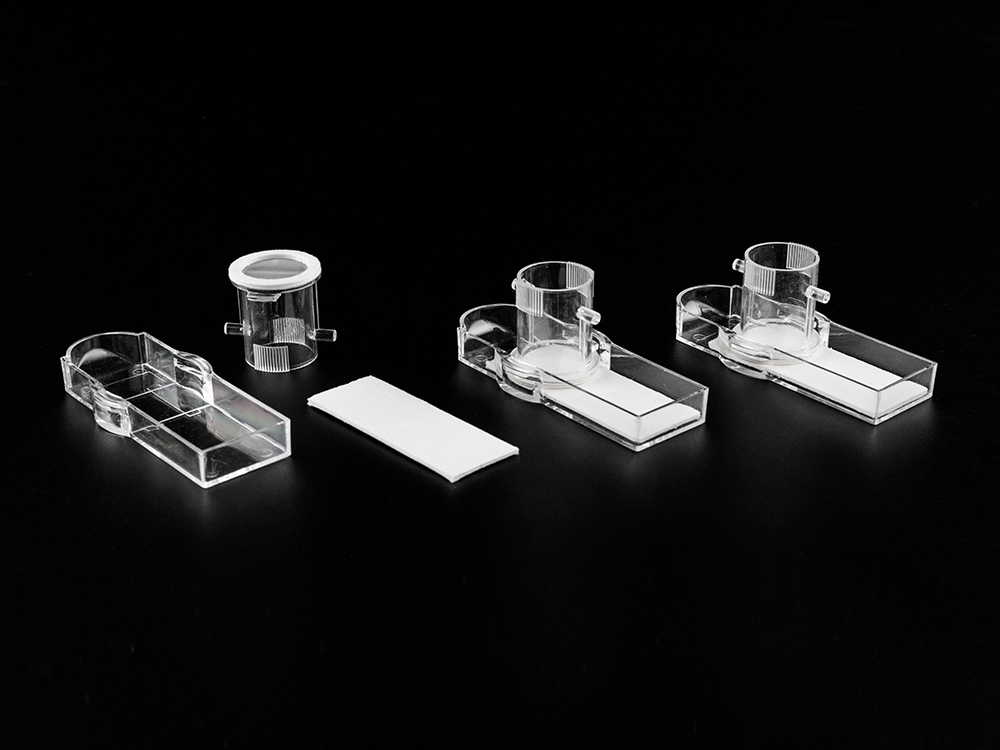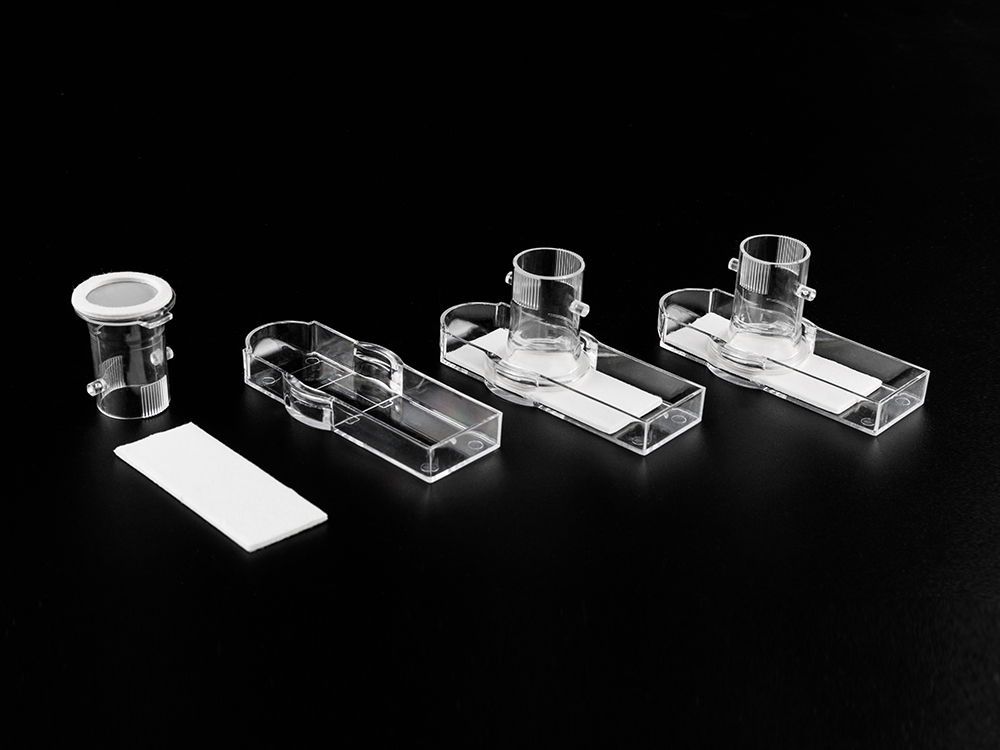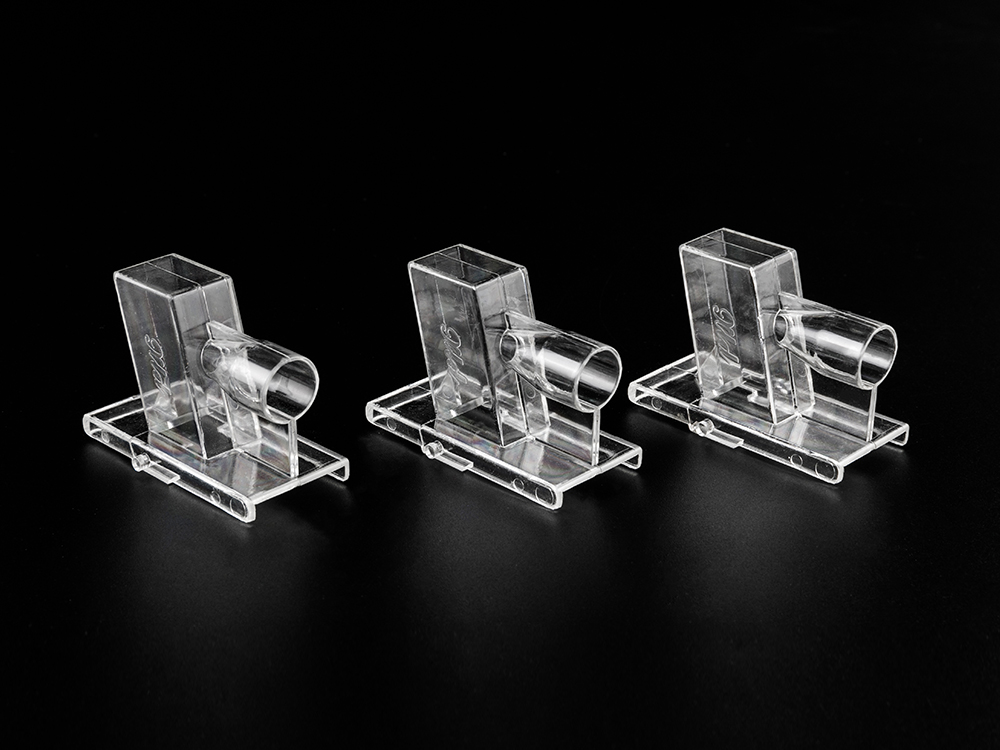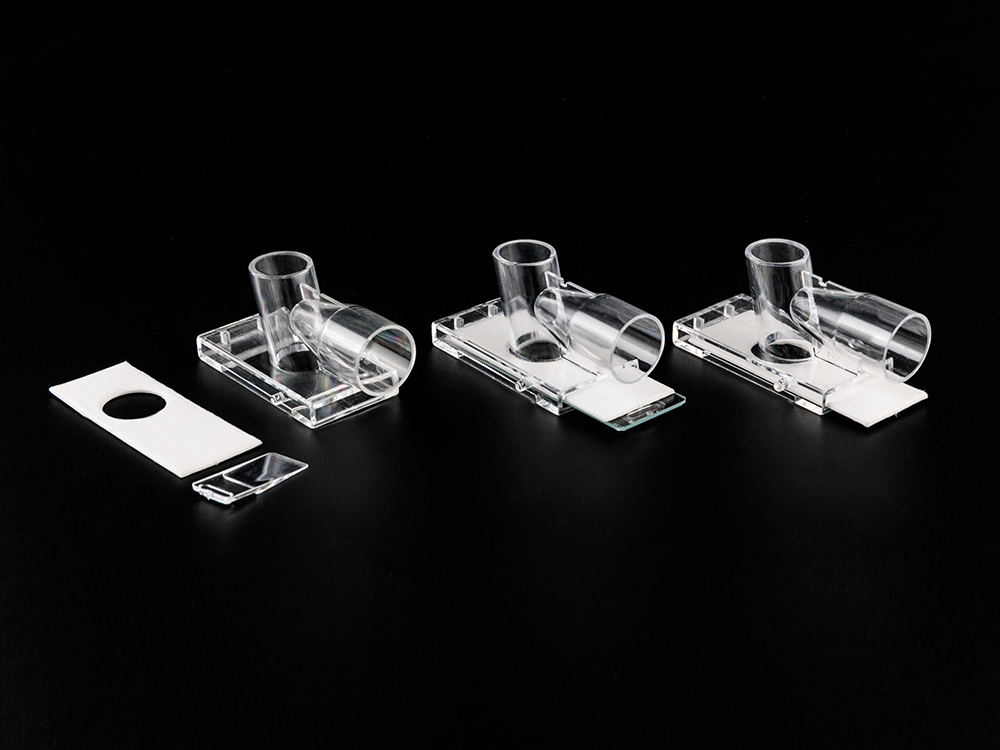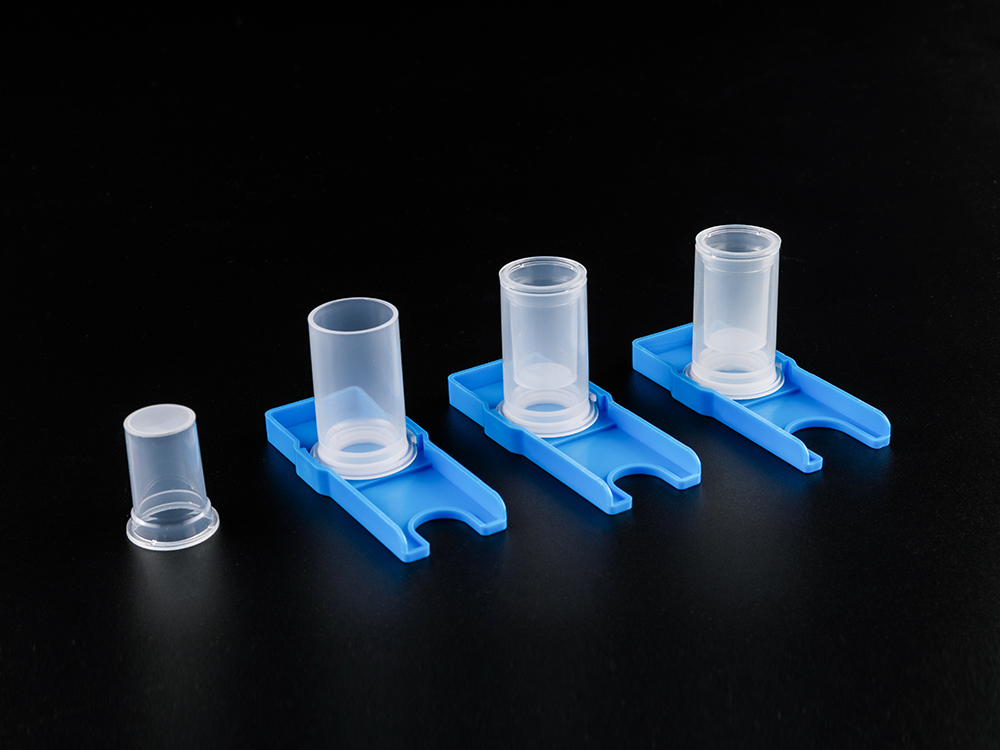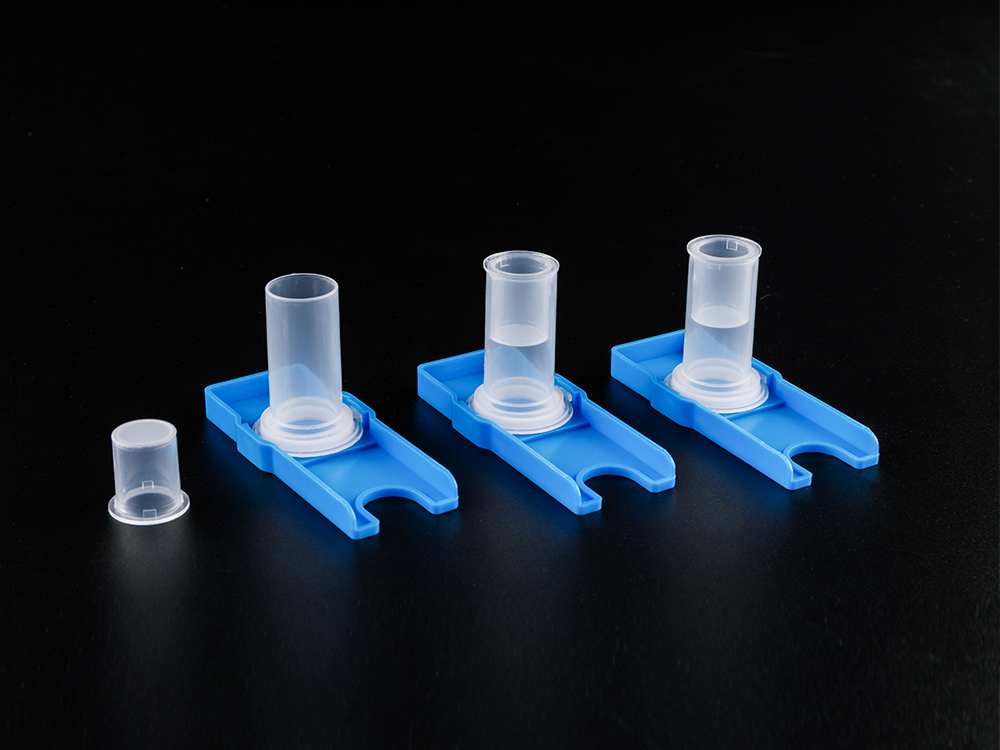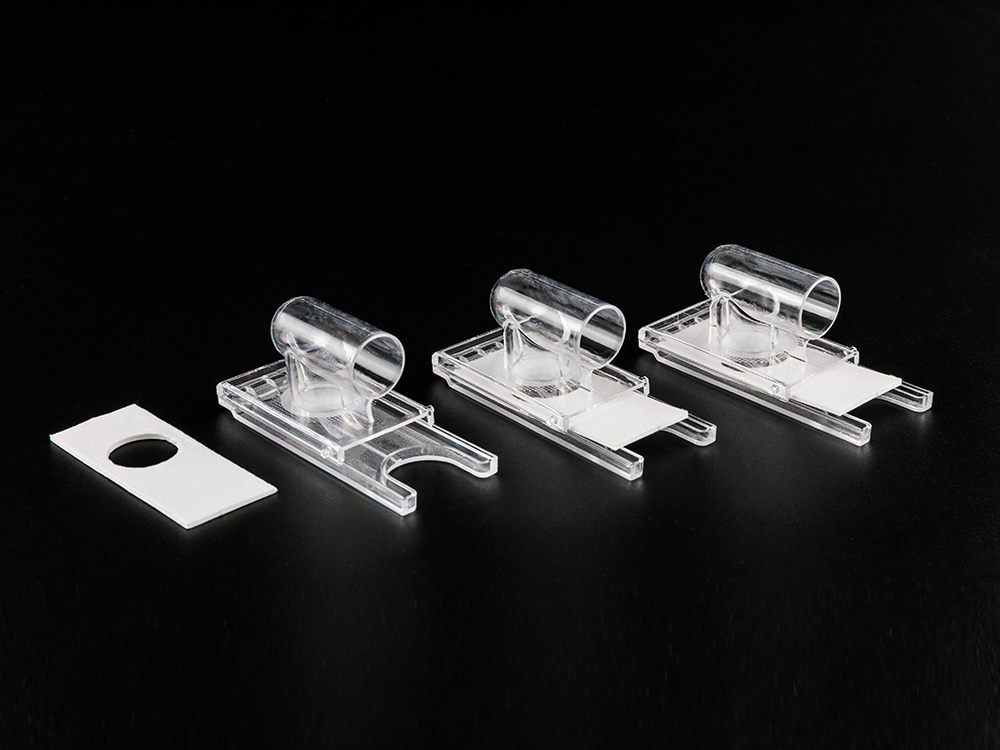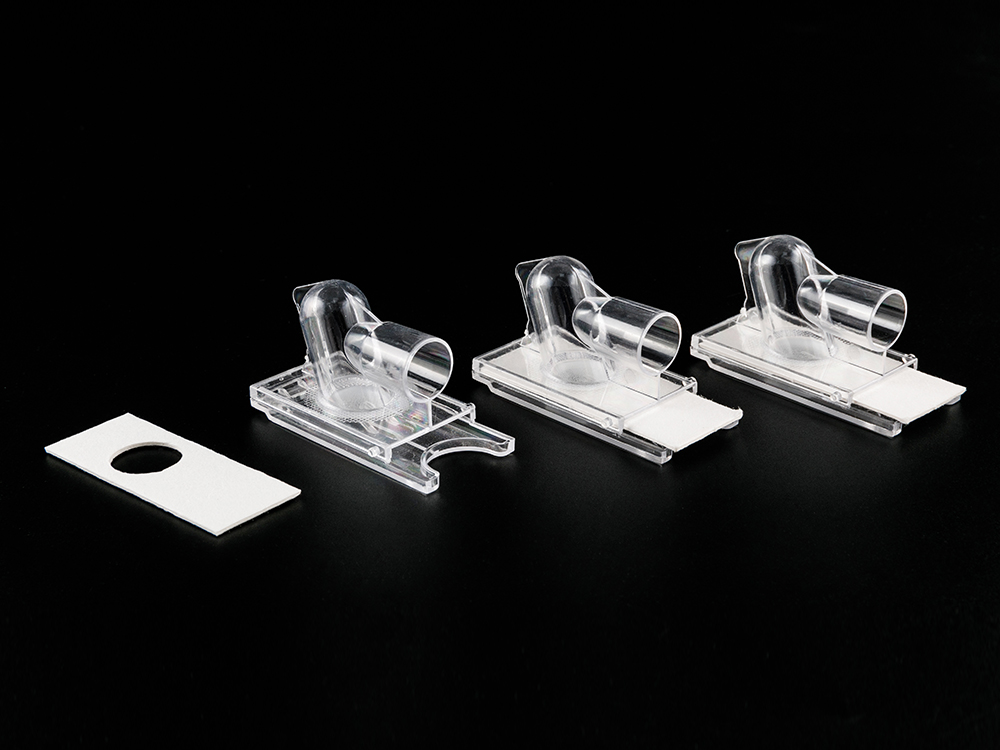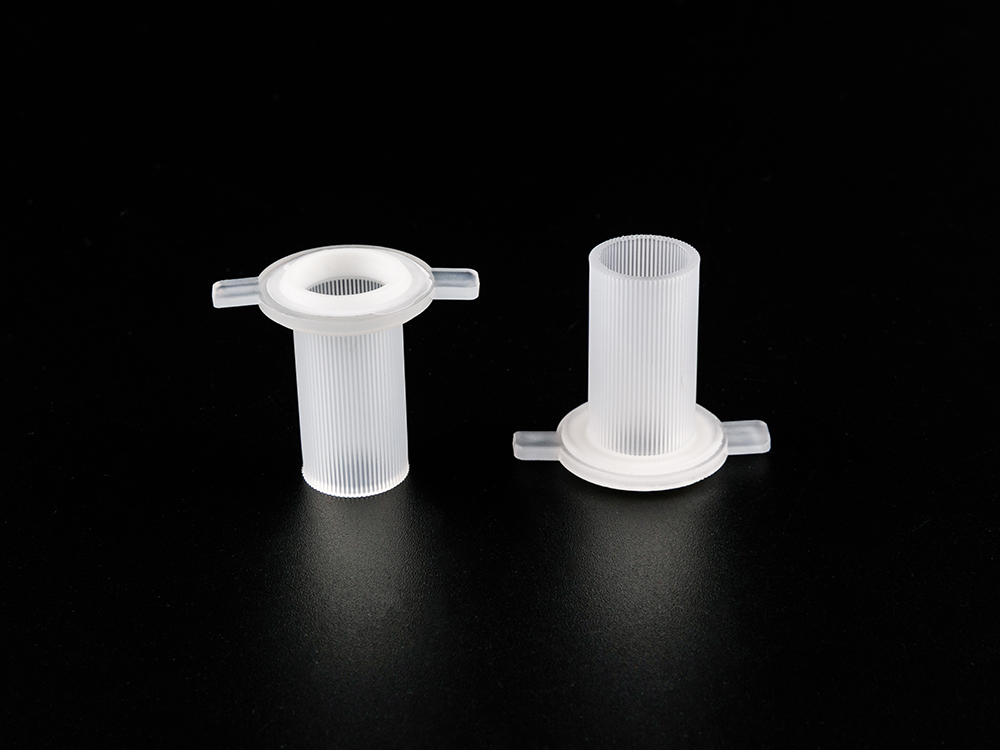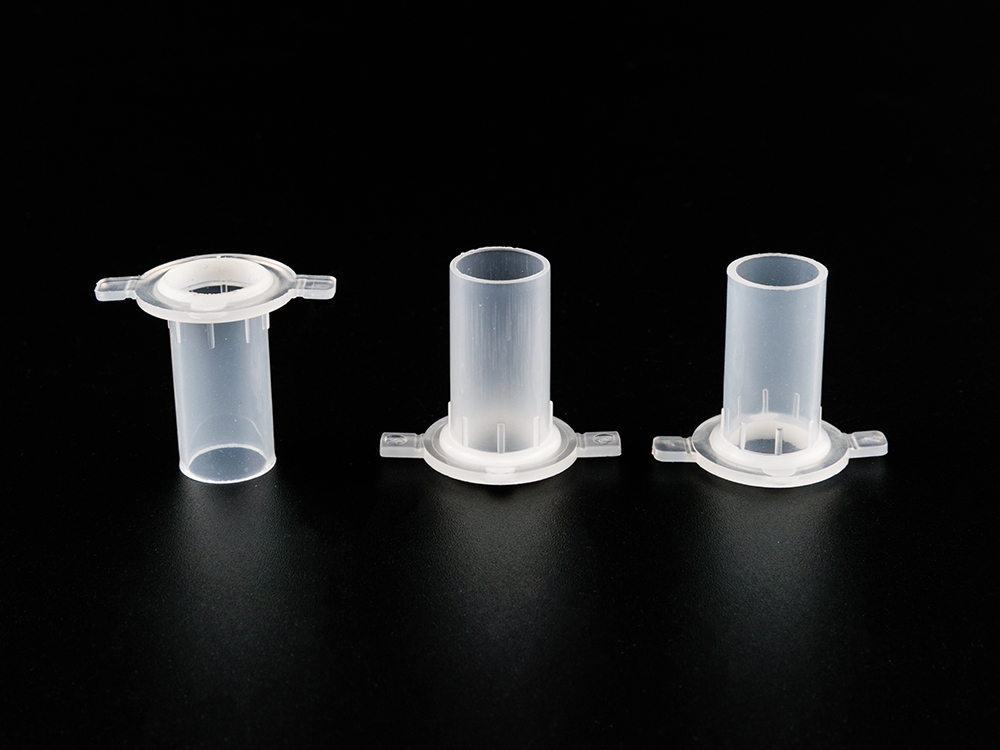In medical clinics, laryngoscopes are important tools for observing the larynx and assisting tracheal intubation. Their safety, ease of operation and cross-infection risk control have become the focus of major hospitals. In recent years, the widespread use of disposable plastic laryngoscope consumables has brought new breakthroughs in medical operations. Compared with traditional metal laryngoscopes, disposable plastic laryngoscopes are not only lightweight, but also have the characteristics of "disposable", which effectively reduces the risk of nosocomial infection and plays a key role in multiple scenarios such as emergency, anesthesia, and intensive care.
When using a disposable plastic laryngoscope, medical staff only need to take it out of the sterile package, directly install it and check whether the lighting system is normal, and then use it for clinical operations. Some products are equipped with an integrated light source battery design, which can be lit up when the package is opened, without the need to install additional batteries or connect external equipment, winning precious time for rescue. After use, the entire laryngoscope can be uniformly treated as medical waste, without the need for disinfection and cleaning, which greatly saves labor costs and equipment turnover time.
From the product characteristics, this type of disposable consumables is usually made of medical-grade high-strength plastic injection molding, which not only meets the structural strength requirements, but also has a special design on the visual observation channel to ensure a clear field of vision and the operator can accurately locate the glottis. Some high-end products also introduce anti-fog technology, which can maintain a good field of vision even in a high-humidity environment in the body cavity, thereby improving the success rate of the operation. In addition, the product specifications cover multiple sizes for adults and children to meet the needs of the anatomical structures of different populations, and are widely used in patients of multiple ages.
In actual applications, operators need to pay attention to the smoothness and structural integrity of the laryngoscope blade to avoid mucosal damage during intubation. Before unpacking and installation, the packaging should be confirmed to be intact, and after use, it should be handled in strict accordance with infection control standards. Although the design of disposable laryngoscopes has greatly reduced the possibility of human operation errors, medical staff still need to receive corresponding training to ensure the standardization and safety of clinical use.


 中文简体
中文简体 English
English Español
Español Deutsch
Deutsch عربى
عربى